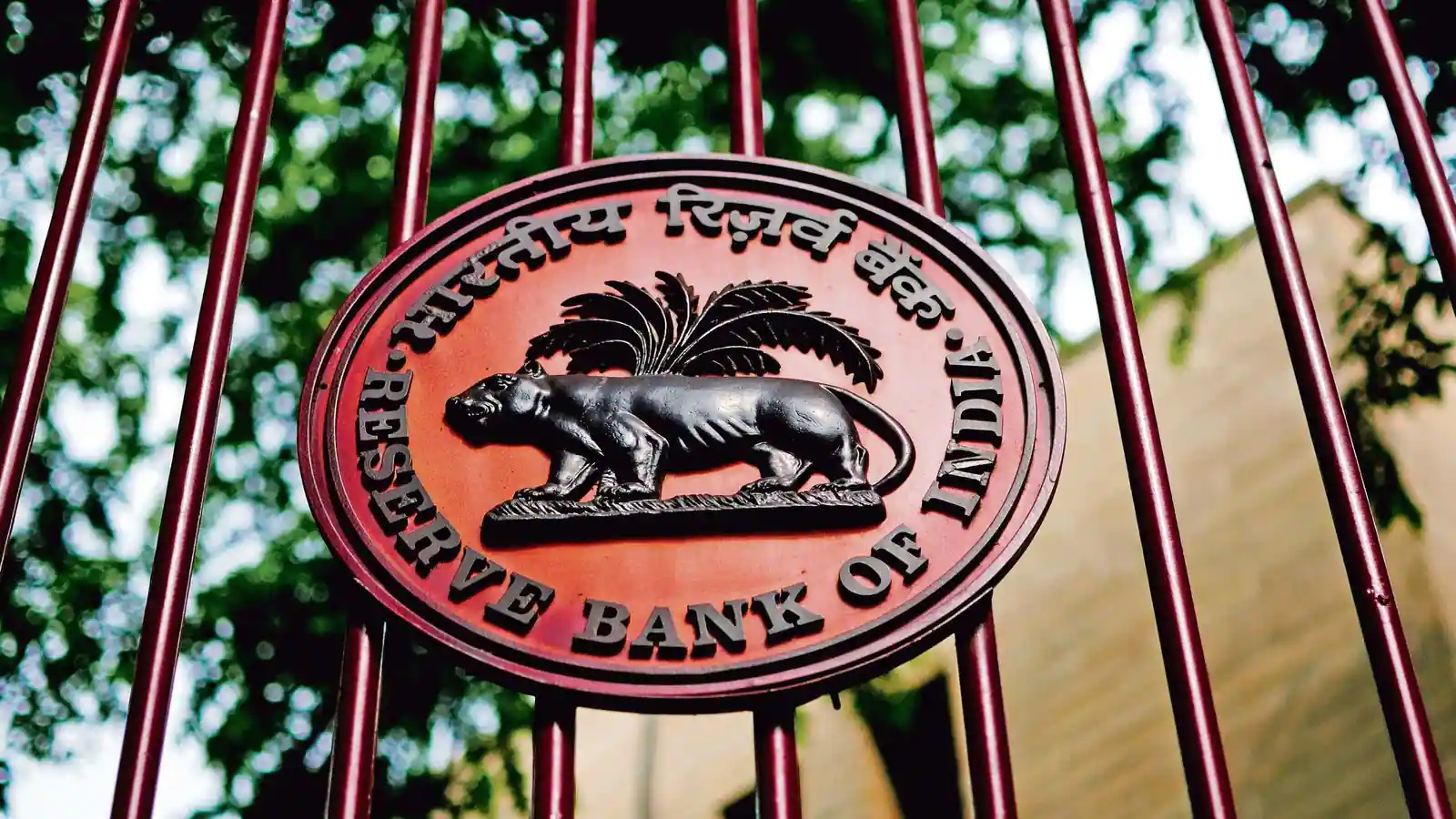Ended the low interest rate regime, the Reserve Bank of India (RBI) on Wednesday boosted the repo level, the main policy rate, 40 basis points to 4.40 percent and the cash reserve ratio (CRR) of 50 basis points to 4.50 percent for Reducing increased inflation and overcoming the impact of geopolitical tension.
In a meeting that is not scheduled from the Monetary Policy Committee, the central bank, still maintains the accommodative monetary policy. The Suddenly RBI Step -Tiba – The first increase after August 2018 – is expected to increase interest rates in the banking system. Monthly installments (EMIS) at home, vehicles, and private loans and other companies tend to rise. Deposit rates, especially fixed term rates, are also determined to rise.
By climbing the repo and CRR levels, RBI aims to maintain inflation – which is close to 7 percent – at the desired level and control and monitor the flow of money into the banking system.Increase in Repo Level – RBI Main Policy Level or Level Land Level to Banks – means the bank’s funds will rise. This will ask banks and NBFC to increase loan and deposit rates in the coming days. Analysts say that consumption and demand can be influenced by an increase in the level of repo.From the level of 8 percent in January 2014, the repo level dropped to 4 percent in May 2020 after the RBI cut the tariff for many years to increase growth – the final cut was 40 basis points in May 2020 to overcome the negative impact of Pandemi Covid.
Climbing 50 BPS in CRR will suck up 87,000 CRORE RS from the banking system. CRR is the percentage of depositors owned by commercial banks for parking with a bank reserve. Bank resources that can be lent will go down according to it. This also means that the cost of funds will rise and bank net interest margins can be affected. If RBI wants to put more liquidity into a system, it lowers the CRR and makes banks with more liquidity to lend to their customers. On the other hand, if you want to take liquidity from the system, it increases the CRR rate.Uncovering the policy, the Governor of RBI Shaktikanta Das on Wednesday said the increase in the level of repo and cash reserve ratios was aimed at curbing inflation that increased in the midst of global turbulence after the Ukraine War.
“When some storms hit, our action today is an important step to stabilize the ship,” Das said in his statement. Inflation must be tamed to keep the Indian economy strictly on its path for sustainable and inclusive growth, he said. In the April 2022 policy review, RBI has kept the repo level unchanged at four percent but the situation, especially in the global and inflation fields, has changed from bad to worse.
There was a surge in the main CPI inflation to 6.95 percent in March 2022 as anticipated in the April policy statement. Inflation molds for April are also expected to increase. “There is a risk of collateral that if inflation continues to increase at this level for too long,” Das said, confirmed the increase in interest rates.”Therefore, I want to emphasize that our monetary policy actions today-which aims to reduce inflation and raise inflation expectations-will strengthen and consolidate the prospects of medium-term economic growth,” he said.
“We still pay attention to the possibility of the short -term impact of higher interest rates on output. Therefore, our actions will be calibrated, “Das said. “I want to emphasize that monetary policy remains accommodative and our approach will focus on withdrawing extraordinary accommodation related to careful and calibrated pandemic, by remembering the dynamics of inflation growth.””It is important for monetary policy to focus on withdrawing accommodation,” Das said. RBI has kept the repo level unchanged over the past two years and includes large liquidity into the system to increase growth.”I consider this as a strong message from the RBI that he takes inflation very seriously,” said Deputy Chairman of Bank Botak Mahindra and MD Uday Kotak.
Analysts now expect more interest rates by RBI in the coming months. “The increase in levels that are sharper than expected by RBI today to open the way for the cycle to increase interest rates that are more aggressive than we expected before,” said Abheek Barua, Head of Economist, HDFC Bank.SBI and many banks have recently climbed MCLR (Marginal Costs of Fund-Based Loan) anticipating an increase in interest rates.

